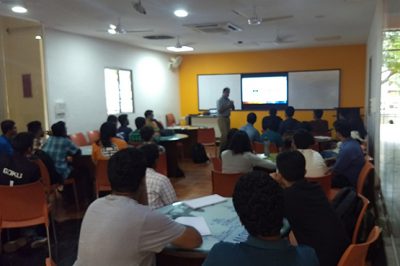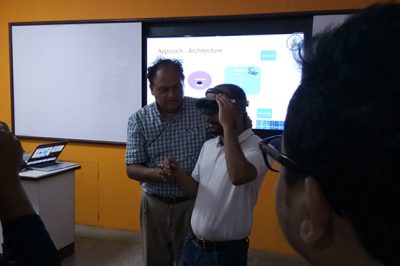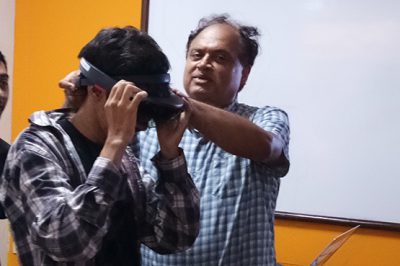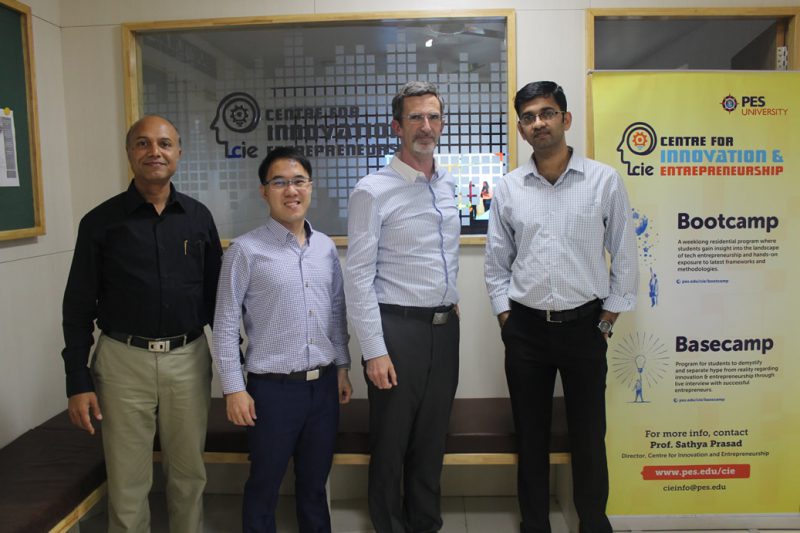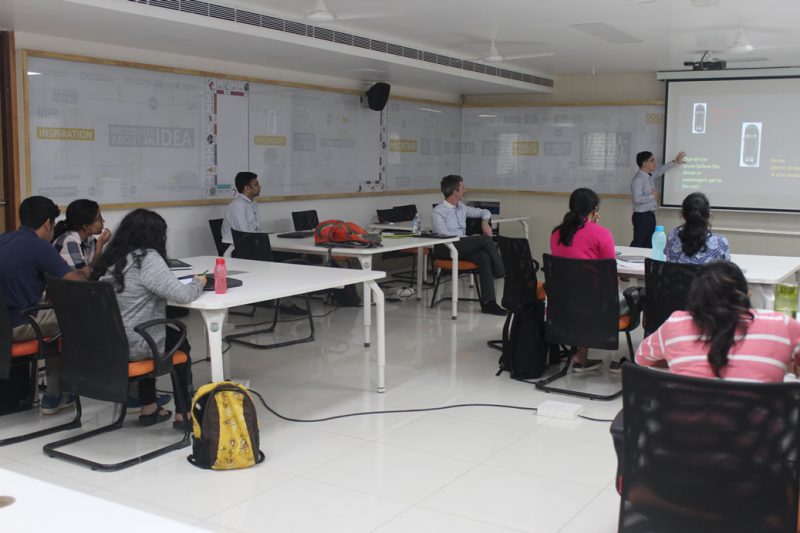Mixed Reality is the surreal blend of the digital and the real world. From its use in the healthcare industry to its applications in providing hands-on learning in the education sector, Augmented Reality (AR) has transformed our lives. On the 7th of July, Dr. Shivakumar Sastry, Professor at the University of Akron, OH, USA, enlightened students about the vast world of Augmented Reality with the talk centered on its applications in space technology. With his research work at the Glenn Research Center, NASA, he shared his experience of building an AR system for astronauts for completion of a sequence of tasks during spacewalks. He provided a demo simulation of such a system using Microsoft’s HoloLens to the attendees. The demo program enabled users to monitor and control a space craft’s subsystem using the HoloLens’ voice automated, holographic imaging technology.
